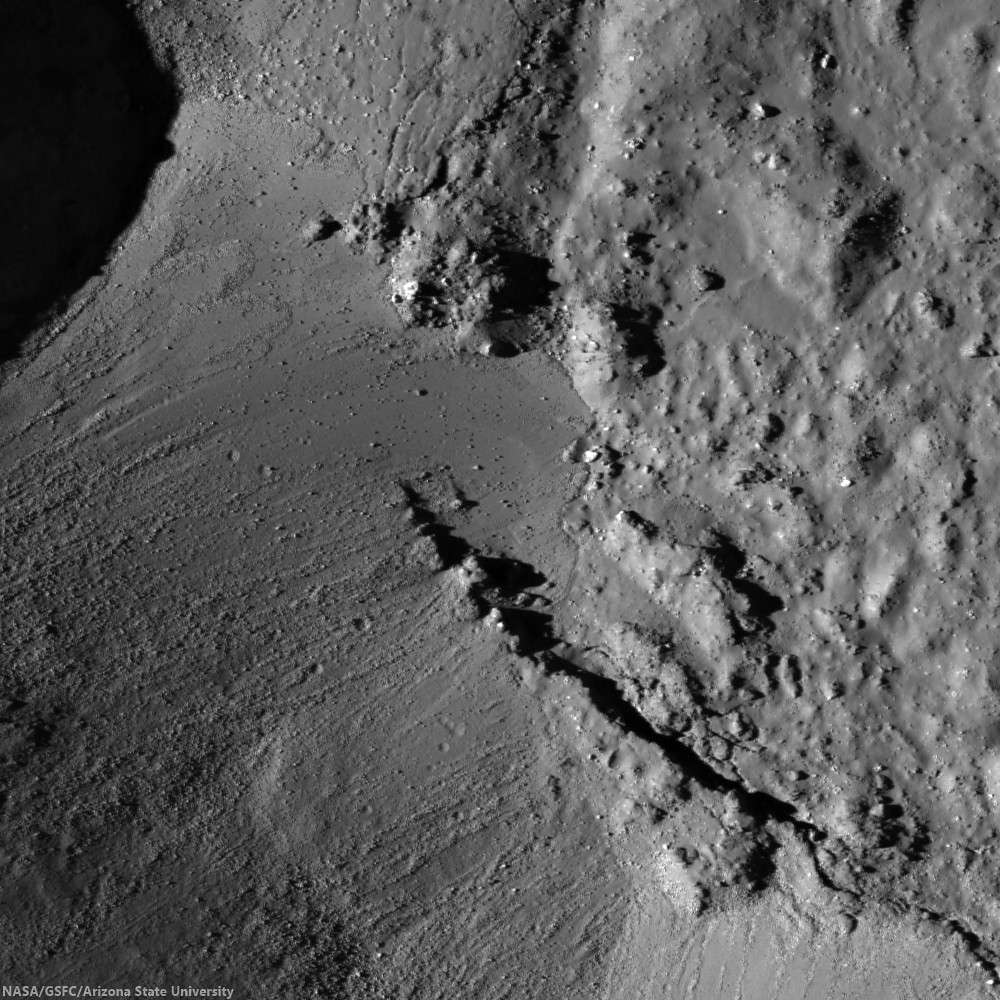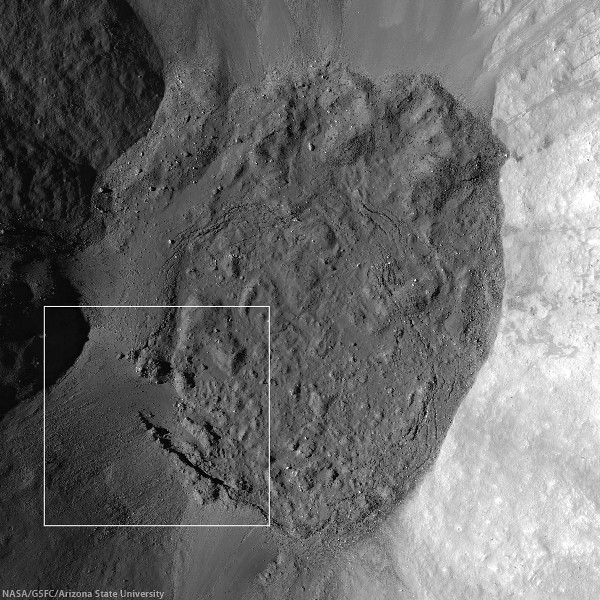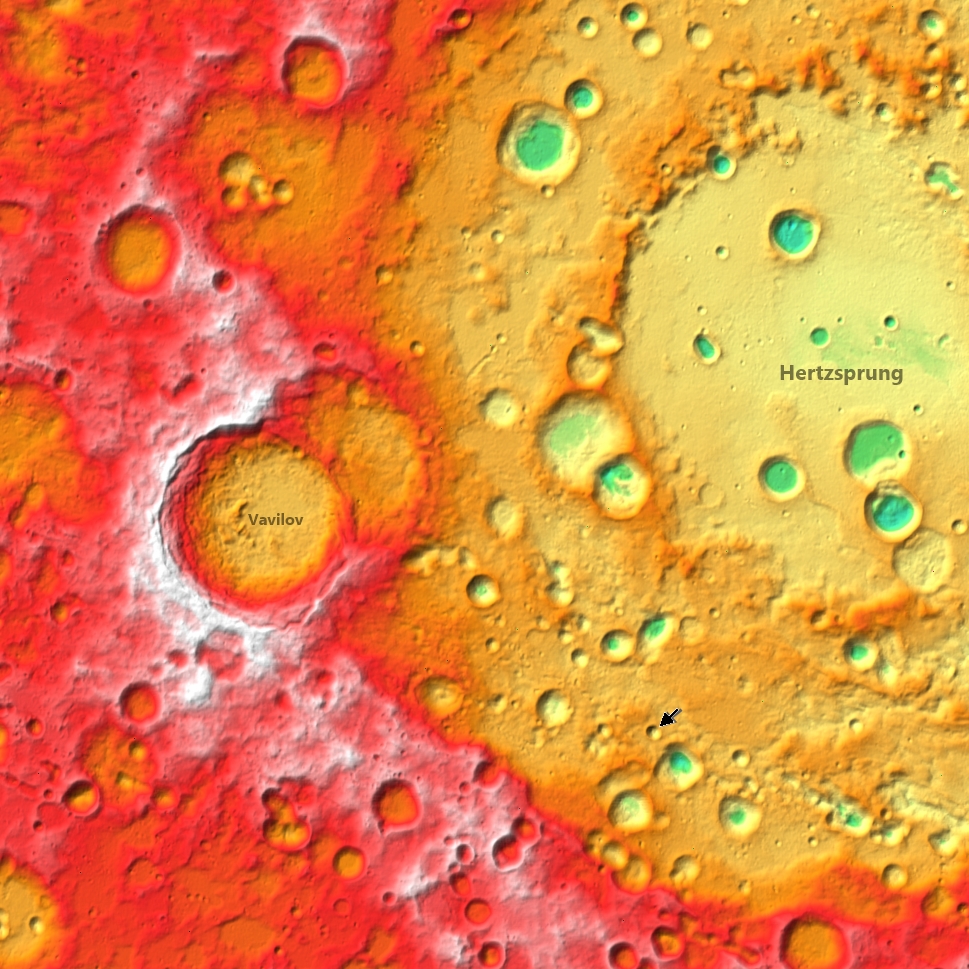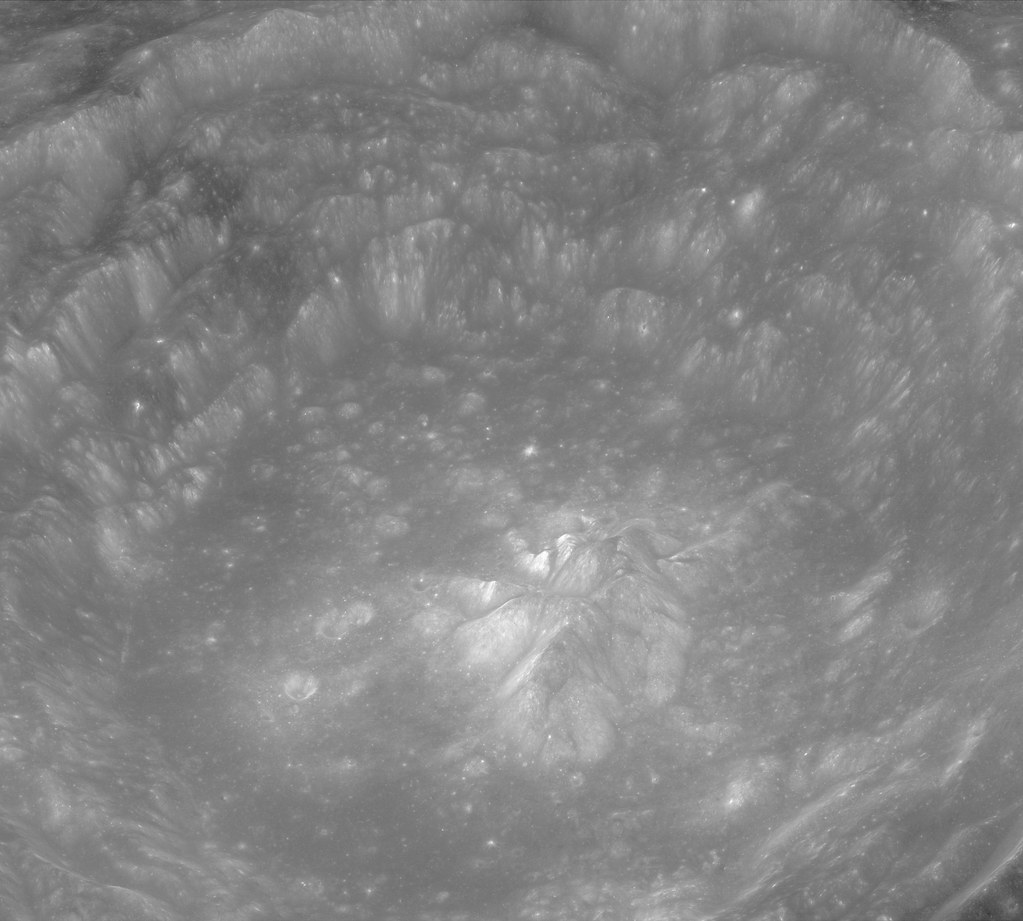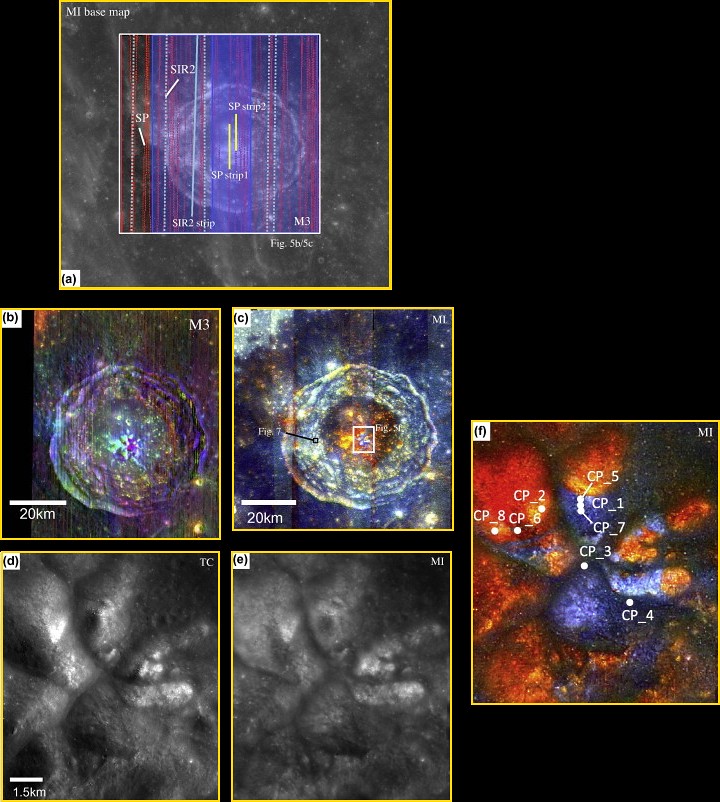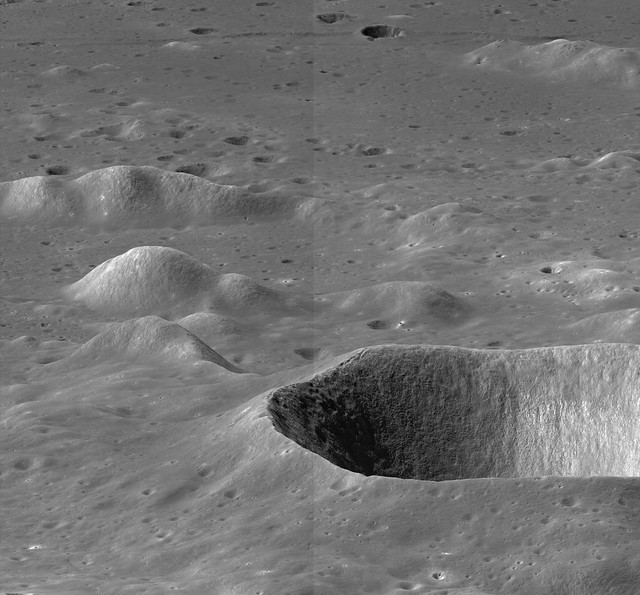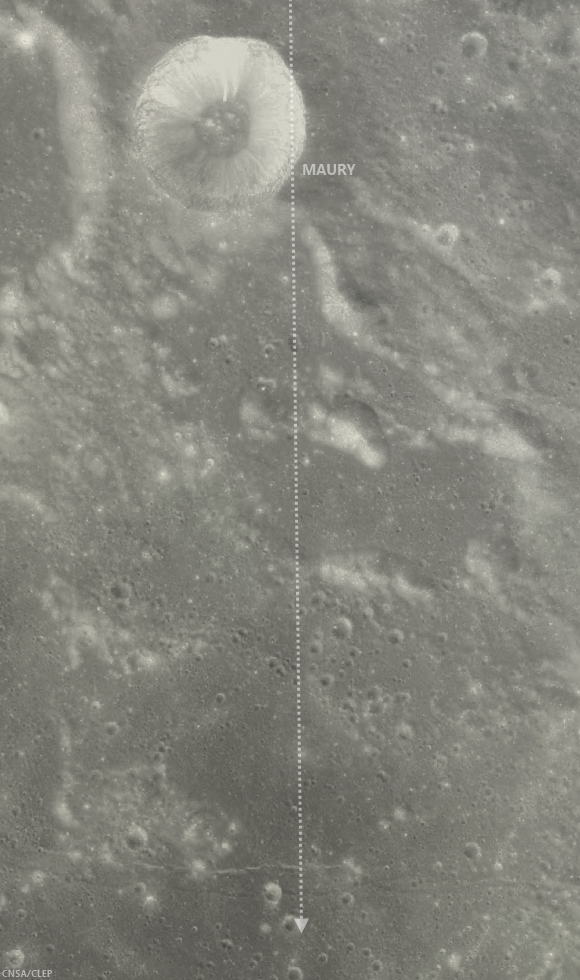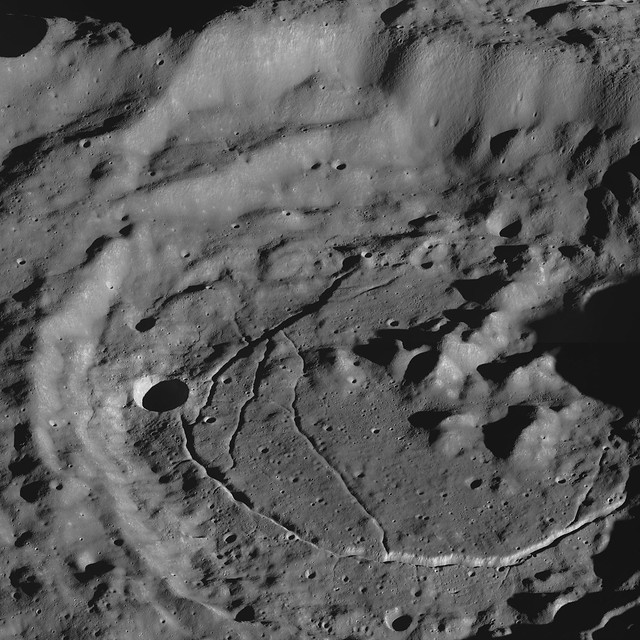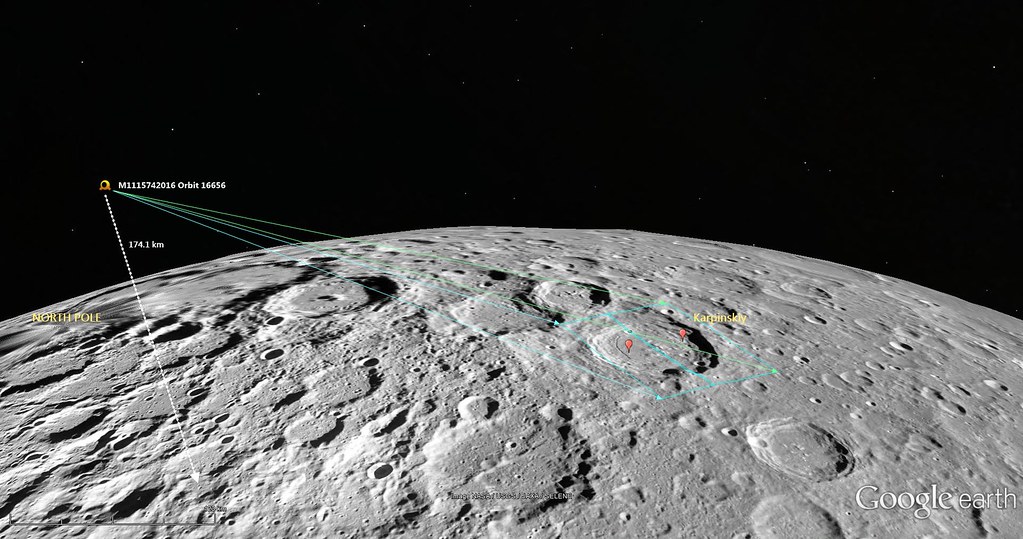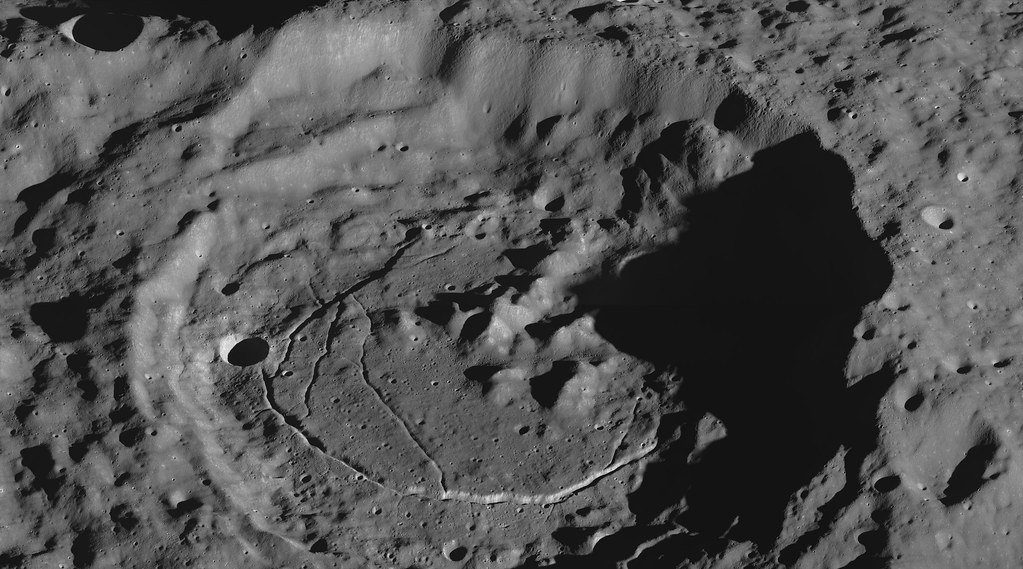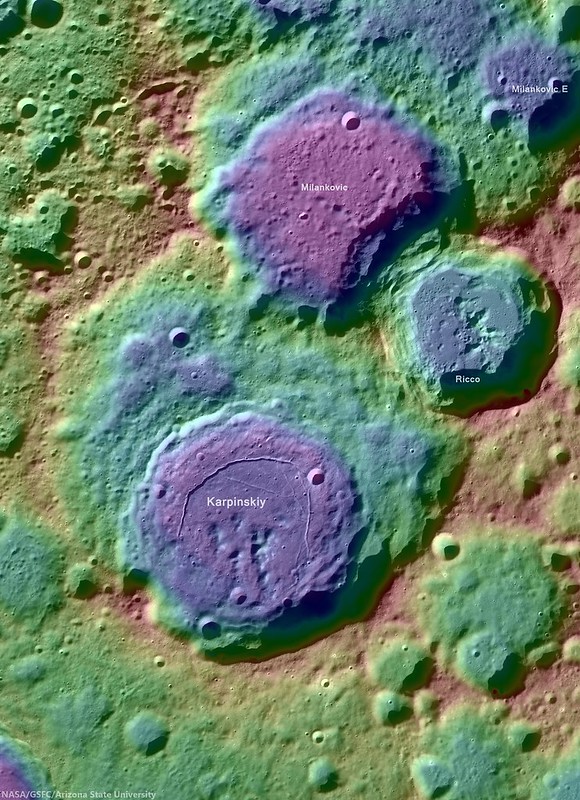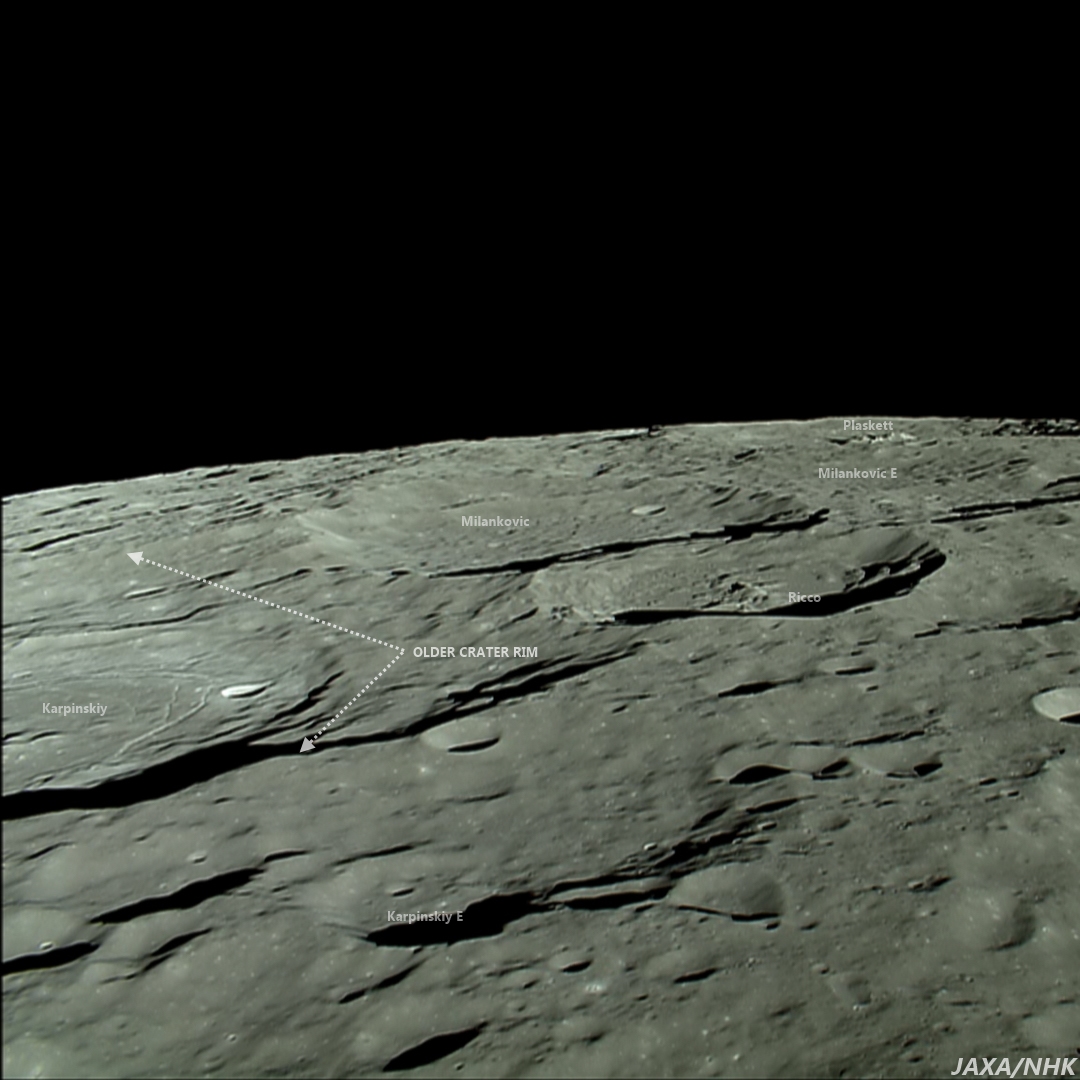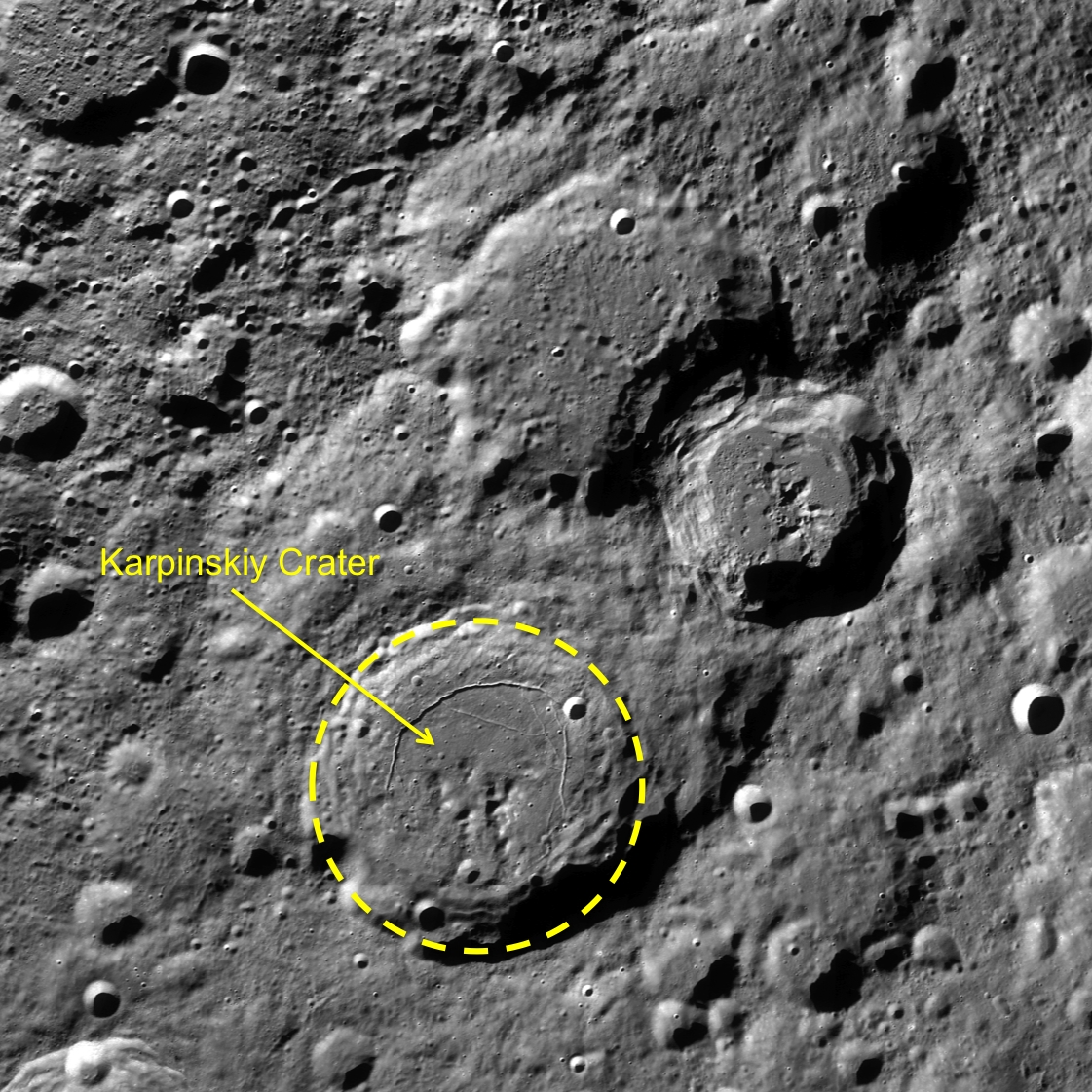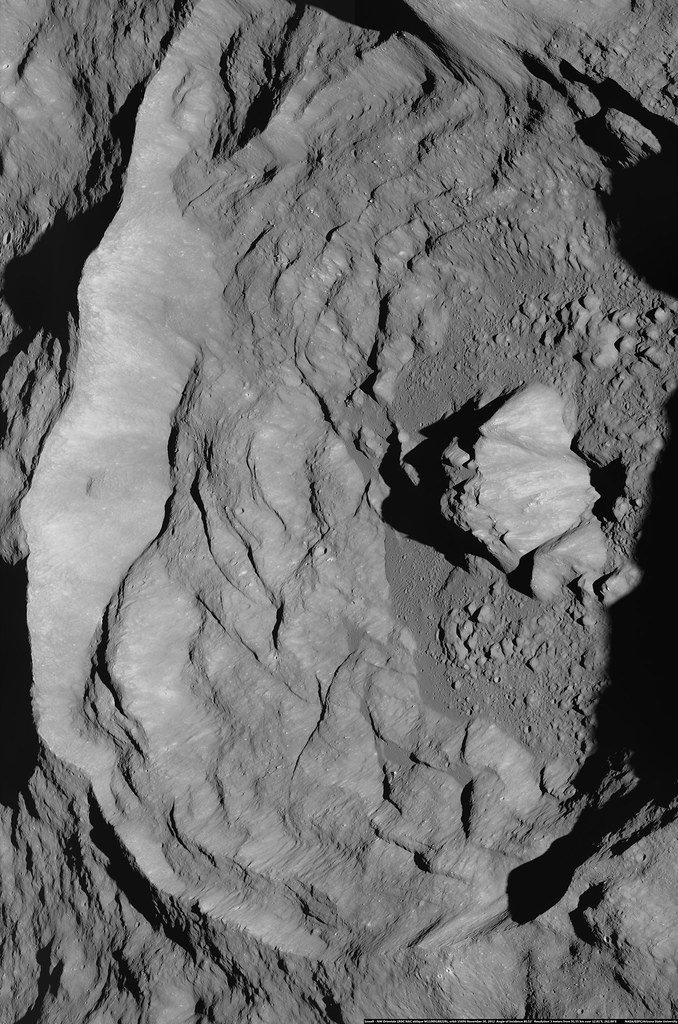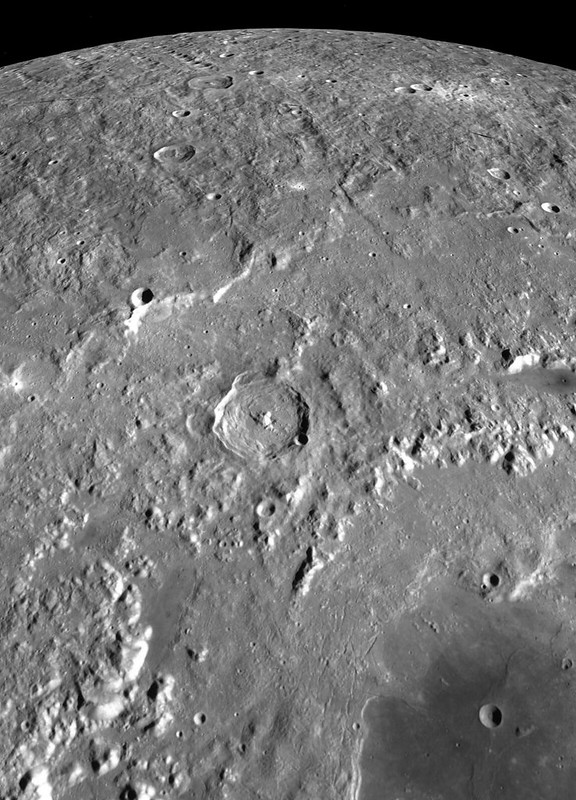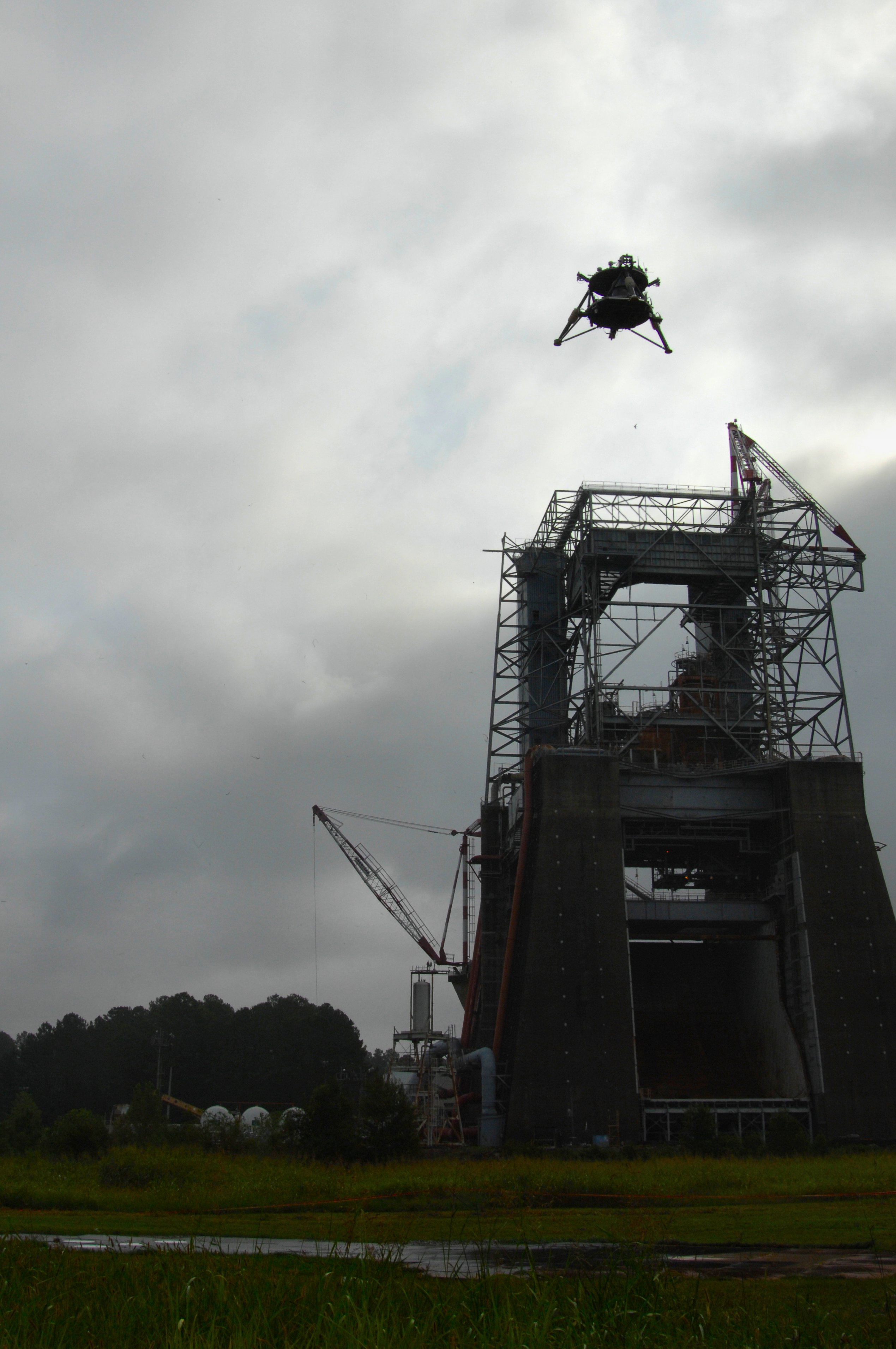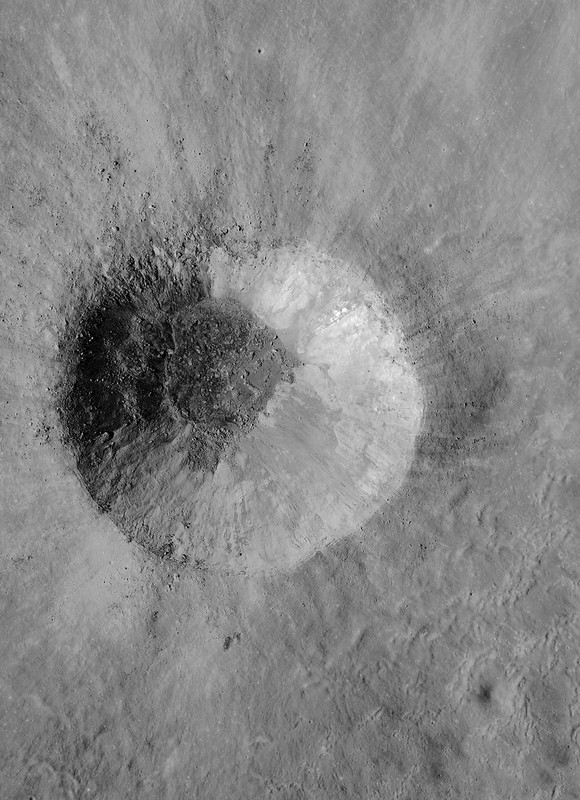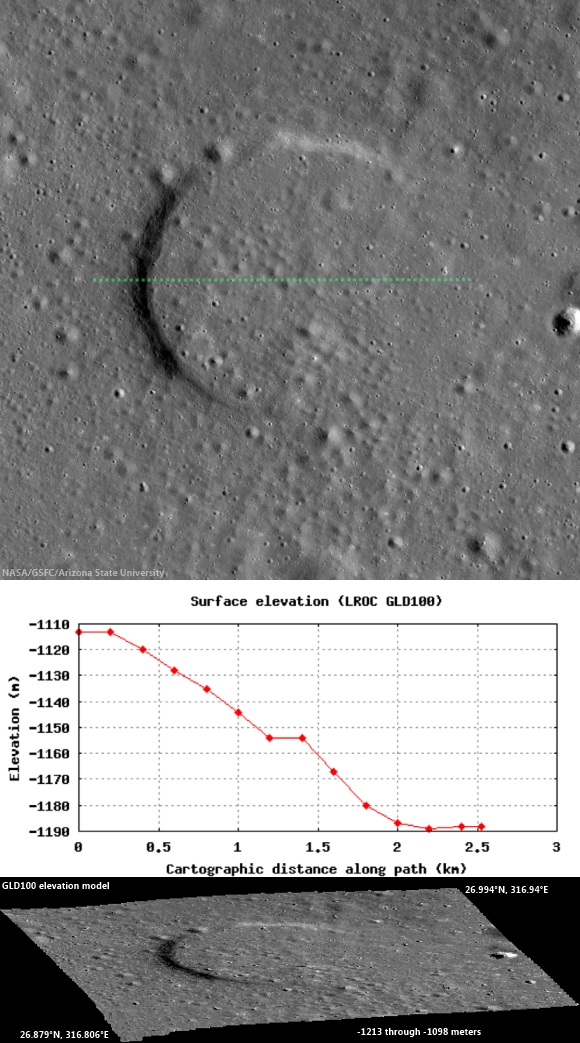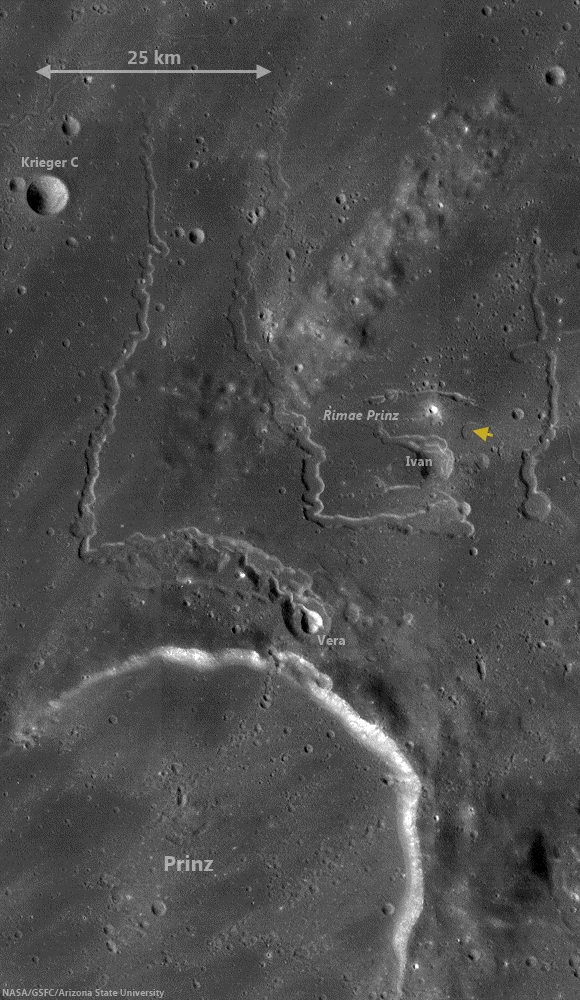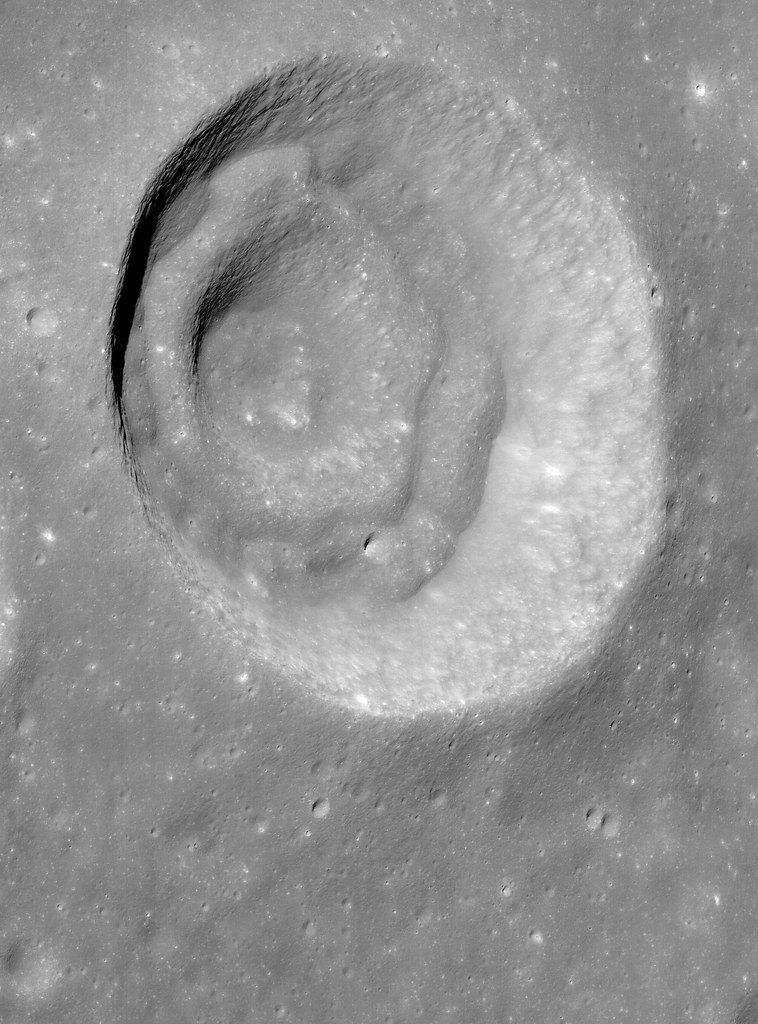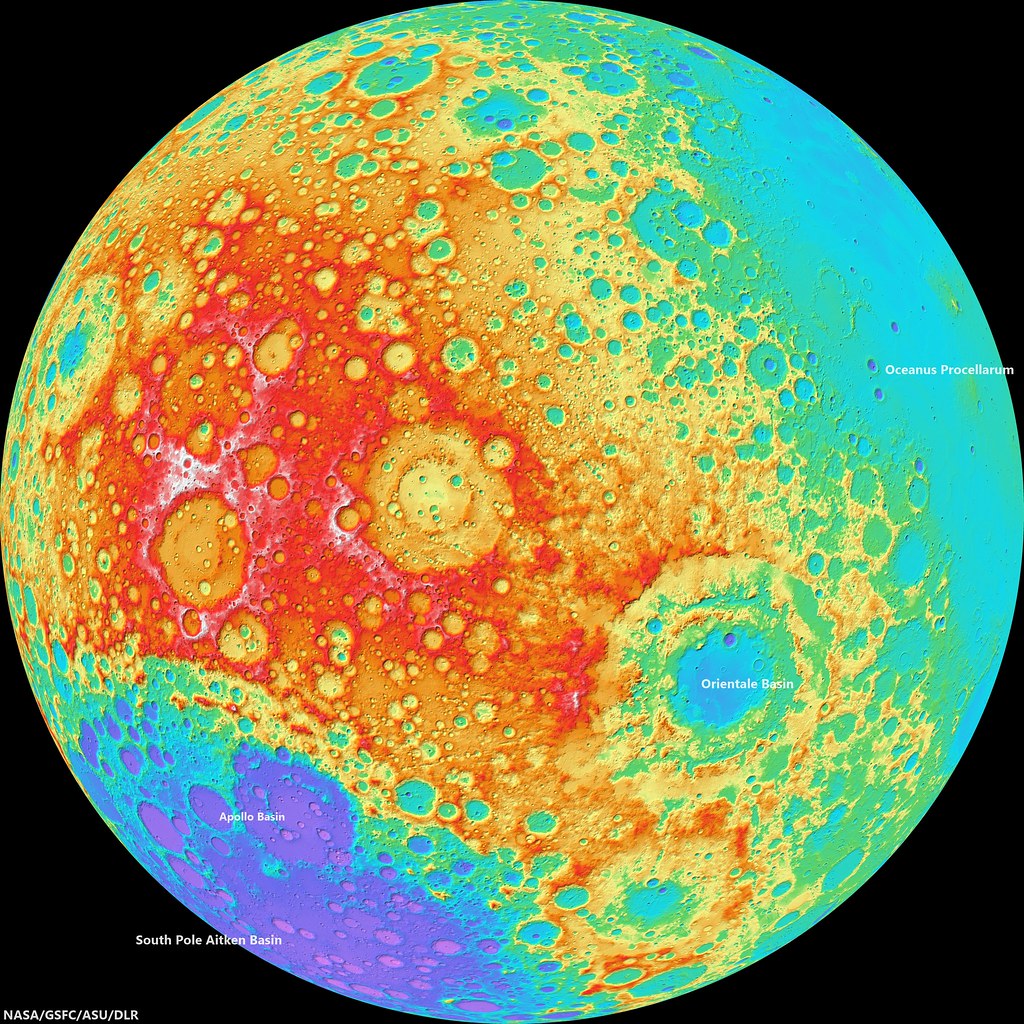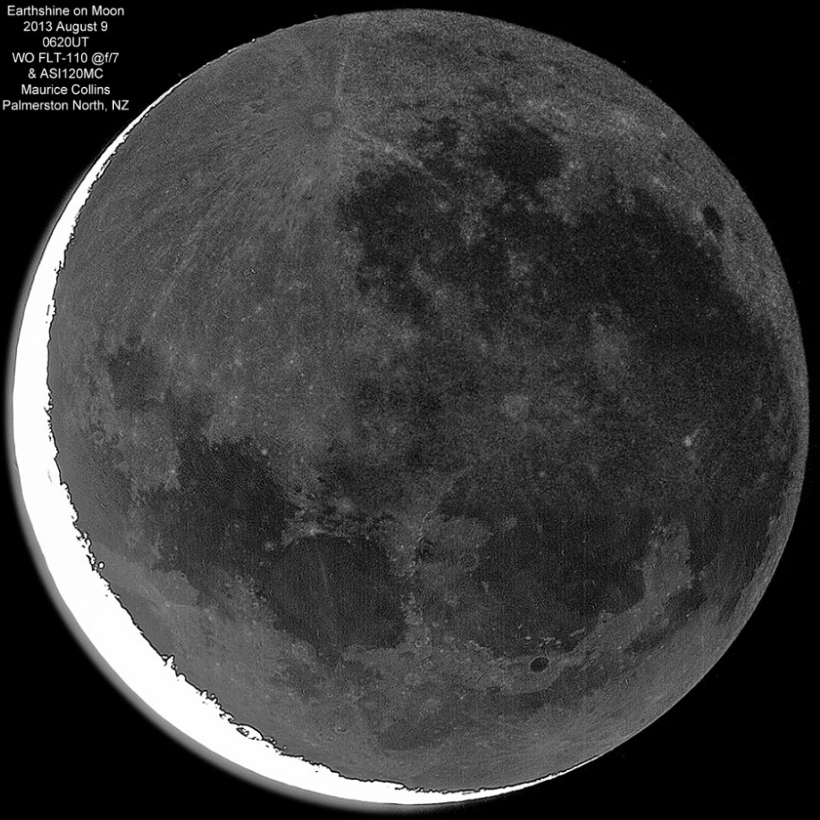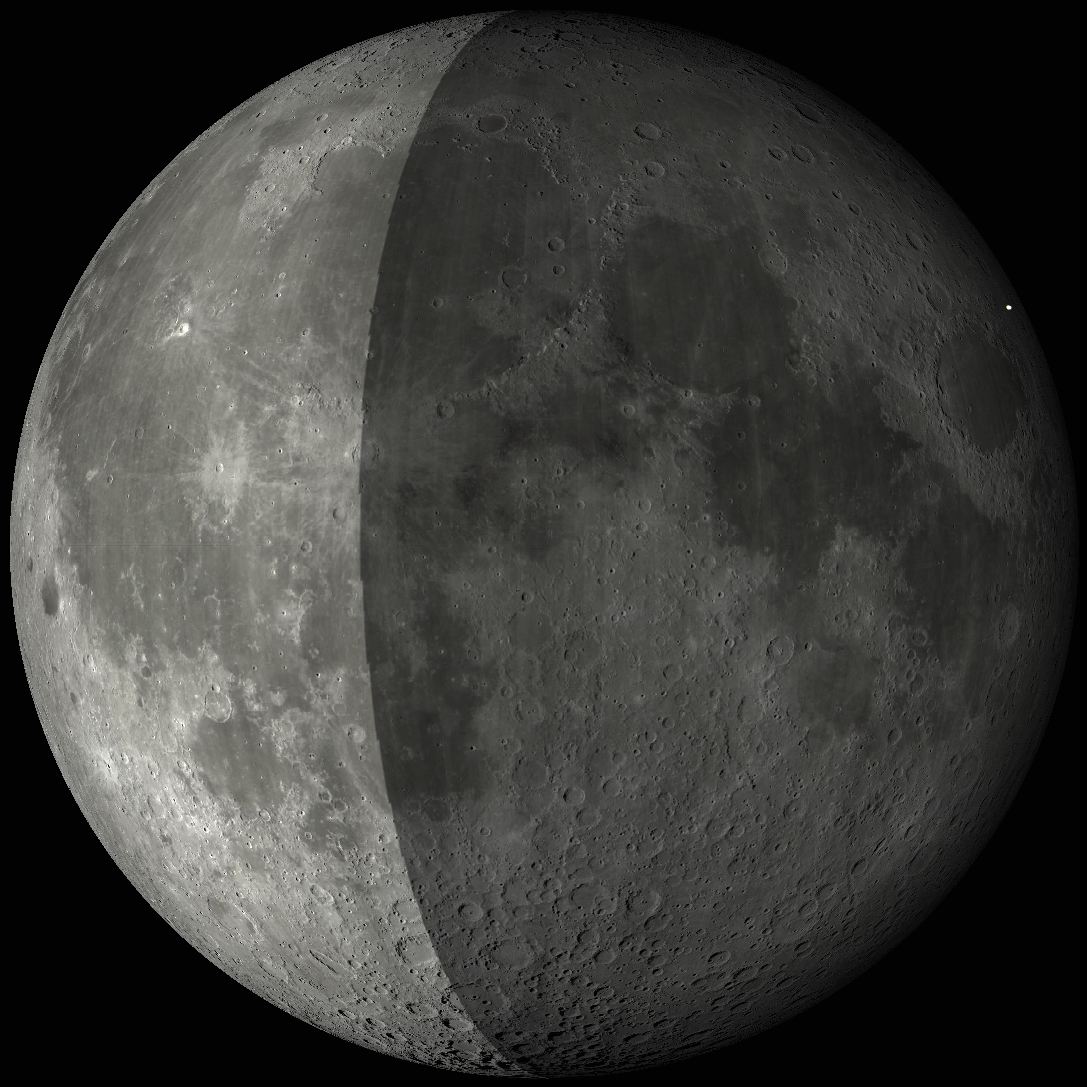 |
| Chang'e-2 soft lander deploys first lunar rover in nearly 40 years in this simulation shown on China national television [CNSA]. |
Zhu Ningzhu
From Xinhua
"Chang'e-3 has officially entered its launch stage, following its research and manufacture period," said a statement released by the administration after Wednesday's meeting on the mission.
The mission will see a Chinese space probe land on a celestial body for the first time.
"The Chang'e-3 mission makes best use of a plethora of innovative technology. It is an extremely difficult mission, that carries great risk," said Ma Xingrui, head of China's space exploration body and chief commander of the lunar program.
The Chang'e-3 mission is the second phase of China's lunar program which includes orbiting, landing and returning to Earth, following the successes of the Chang'e-2 missions, which include plotting a high-resolution, full-coverage lunar map.
Chang'e-3's carrier rocket has successfully gone through its first test while the launch pad, control and ground application systems are ready for the mission.
Chang'e-3 will be launched from the Xichang Satellite Launch Center in southwest China.
From the Register:
The Chang’e-3 probe, first revealed last year, is a 100kg, six-wheeled rover that will spend three months traversing the lunar landscape under human control. The spacecraft will use the Moon’s gravity to slow down, orbit the satellite, and then soft-land using rocket propulsion.
This will be the first time the Chinese have landed a spacecraft on a non-terrestrial surface and the Chang’e-3 will be a crucial test of both Chinese aeronautics and rocketry control systems. The rover will pave the way for a future manned mission to the Moon, and a possible space colony on the surface.
“The Chang’e-3 mission makes best use of a plethora of innovative technology. It is an extremely difficult mission, that carries great risk,” said Ma Xingrui, head of China’s space exploration body and chief commander of the lunar program.
The first Chang’e probe was launched 2007 and completed a 3D map of the Moon’s surface before being intentionally crashed into the planetoid. Chang’e 2, launched in 2010, carried out further mapping 100km off the Moon’s surface before being directed out to fly by the asteroid Toutatis and is now heading out into the Solar System.
Like NASA’s early rovers on Mars, the Chang’e-3 will be primarily solar powered and will carry a ground-facing radar on its belly capable of penetrating up to 30 meters into the lunar regolith, as well as a alpha particle X-ray spectrometer and an infrared spectrometer.
China plans a manned mission to the lunar surface possibly as soon as 2017 – although he authorities aren’t setting themselves a Kennedyesque deadline and say they’ll go when they are ready. Once there, however, the Chinese government has said it plans to build the first manned lunar outpost, an objective NASA has already abandoned.
From Xinhua
"Chang'e-3 has officially entered its launch stage, following its research and manufacture period," said a statement released by the administration after Wednesday's meeting on the mission.
The mission will see a Chinese space probe land on a celestial body for the first time.
"The Chang'e-3 mission makes best use of a plethora of innovative technology. It is an extremely difficult mission, that carries great risk," said Ma Xingrui, head of China's space exploration body and chief commander of the lunar program.
Chang'e-3's carrier rocket has successfully gone through its first test while the launch pad, control and ground application systems are ready for the mission.
Chang'e-3 will be launched from the Xichang Satellite Launch Center in southwest China.
From the Register:
The Chang’e-3 probe, first revealed last year, is a 100kg, six-wheeled rover that will spend three months traversing the lunar landscape under human control. The spacecraft will use the Moon’s gravity to slow down, orbit the satellite, and then soft-land using rocket propulsion.
This will be the first time the Chinese have landed a spacecraft on a non-terrestrial surface and the Chang’e-3 will be a crucial test of both Chinese aeronautics and rocketry control systems. The rover will pave the way for a future manned mission to the Moon, and a possible space colony on the surface.
“The Chang’e-3 mission makes best use of a plethora of innovative technology. It is an extremely difficult mission, that carries great risk,” said Ma Xingrui, head of China’s space exploration body and chief commander of the lunar program.
The first Chang’e probe was launched 2007 and completed a 3D map of the Moon’s surface before being intentionally crashed into the planetoid. Chang’e 2, launched in 2010, carried out further mapping 100km off the Moon’s surface before being directed out to fly by the asteroid Toutatis and is now heading out into the Solar System.
Like NASA’s early rovers on Mars, the Chang’e-3 will be primarily solar powered and will carry a ground-facing radar on its belly capable of penetrating up to 30 meters into the lunar regolith, as well as a alpha particle X-ray spectrometer and an infrared spectrometer.
China plans a manned mission to the lunar surface possibly as soon as 2017 – although he authorities aren’t setting themselves a Kennedyesque deadline and say they’ll go when they are ready. Once there, however, the Chinese government has said it plans to build the first manned lunar outpost, an objective NASA has already abandoned.
Related Posts:
Chang'e-3 undergoing thermal vacuum testing (May 9, 2013)
Chang'e-3: The Chinese Rover Mission (May 4, 2013)
Chang'e-3 lander and rover expected in 2013 (January 10, 2013)
China's grand plan for lunar exploration (October 11, 2012)
ILOA to study deep space from Chang'e-3 (September 11, 2012)
Will China deploys first lunar rover since 1976? (April 29, 2012)
China's Long March to the Moon (January 14, 2012)
China plans lunar research base (May 11, 2011)
PRC continues methodical program (March 8, 2011)
Chang'e-2 arrives in mission orbit (October 9, 2010)
Dispatch from Chang'e-2: Sinus Iridum (October 4, 2010)
Chang'e-2 takes direct approach (October 1, 2010)
Chang'e-2 sets stage for future lunar missions (September 3, 2010)
Chang'e-1 research reported published (July 22, 2010)
Chang'e-3: The Chinese Rover Mission (May 4, 2013)
Chang'e-3 lander and rover expected in 2013 (January 10, 2013)
China's grand plan for lunar exploration (October 11, 2012)
ILOA to study deep space from Chang'e-3 (September 11, 2012)
Will China deploys first lunar rover since 1976? (April 29, 2012)
China's Long March to the Moon (January 14, 2012)
China plans lunar research base (May 11, 2011)
PRC continues methodical program (March 8, 2011)
Chang'e-2 arrives in mission orbit (October 9, 2010)
Dispatch from Chang'e-2: Sinus Iridum (October 4, 2010)
Chang'e-2 takes direct approach (October 1, 2010)
Chang'e-2 sets stage for future lunar missions (September 3, 2010)
Chang'e-1 research reported published (July 22, 2010)

![LROC WAC Sinus Iridum Mosaic [NASA/GSFC/Arizona State University]](http://farm6.staticflickr.com/5503/9636487229_46ea974341_z.jpg)



